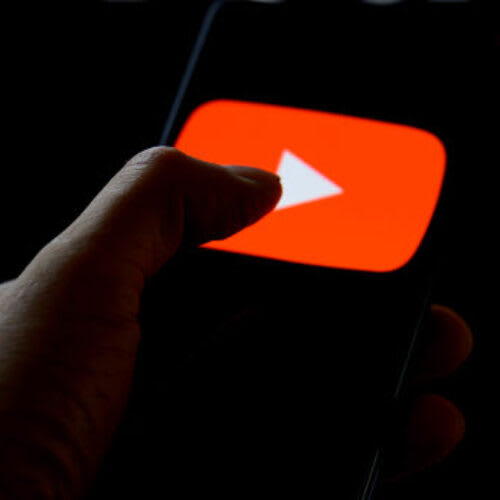YouTube's AI Age Verification Controversy: A New Chapter in Privacy Concerns
 The Tech Times
The Tech Times
The digital landscape is no stranger to controversies, but the recent uproar involving YouTube's AI-driven age verification process marks a significant turning point. As over 50,000 YouTubers voice their concerns about AI algorithms potentially invading their privacy, this clash underscores a broader narrative about technology's role in our daily lives and the ongoing battle between convenience and privacy.
The Heart of the Matter
At the center of this dispute is YouTube's implementation of artificial intelligence to scan viewing habits ostensibly for age verification. The platform's AI is designed to ensure compliance with age-appropriate content guidelines. However, the process has raised alarms about privacy and data security, with users questioning why the AI appears to comb through every single video they watch.
This backlash isn't just about technology overreach; it's also about the perceived intrusion into personal spaces. For many, YouTube serves as a platform where they can explore a wide range of interests, from professional tutorials to children's cartoons. The concern here is not merely about AI's accuracy in determining age but about the broader implications of such surveillance.
Historical Context: Privacy vs. Innovation
To understand the current discontent, it's crucial to look back at historical tensions between privacy and technological advancement. The introduction of CCTV in public spaces in the late 20th century sparked similar debates about surveillance and personal freedom. The rise of social media platforms in the 2000s further exacerbated these concerns, as users became increasingly aware of how their data was being harvested and utilized for targeted advertising.
The Cambridge Analytica scandal of 2018 was a watershed moment, bringing data privacy to the forefront of public discourse. This event highlighted how personal data could be manipulated for political gain, leading to widespread calls for stricter regulations on data privacy.
The Role of AI Today
In the present context, AI has become a double-edged sword. On one hand, it offers unprecedented capabilities in content curation, search optimization, and user engagement. On the other hand, its use in personal data analysis for age verification has reignited fears about digital surveillance.
YouTube, owned by tech giant Google, faces the challenge of balancing user safety with privacy. The platform's justification for AI implementation is rooted in protecting minors from inappropriate content, a noble cause but one that comes with its own set of ethical dilemmas.
A Path Forward
The current backlash against YouTube's age verification method signifies a need for a more nuanced approach to AI implementation. Transparency is key. Users must be informed about how their data is being used and have the option to opt out if they desire. Furthermore, companies must ensure that AI systems are not only accurate but also respect privacy standards.
Regulatory bodies worldwide are increasingly scrutinizing how tech companies handle user data. The European Union's General Data Protection Regulation (GDPR) and similar policies in other countries provide a framework for protecting user privacy, but more needs to be done to adapt these regulations to the rapidly evolving digital landscape.
Conclusion
The outcry from YouTubers is more than a mere protest; it is a call for accountability and transparency in how technology impacts our lives. As AI continues to permeate every aspect of digital interaction, striking a balance between innovation and privacy will be crucial. This incident serves as a reminder that in our quest for technological advancement, the rights of individuals must remain at the forefront.
In the end, the resolution to this controversy will likely set a precedent for how AI-driven processes are deployed across other platforms. As users, it is essential to remain vigilant and advocate for our privacy rights in the face of technological progress.
Source: YouTube backlash begins: “Why is AI combing through every single video I watch?”
Subscribe to my newsletter
Read articles from The Tech Times directly inside your inbox. Subscribe to the newsletter, and don't miss out.
Written by
